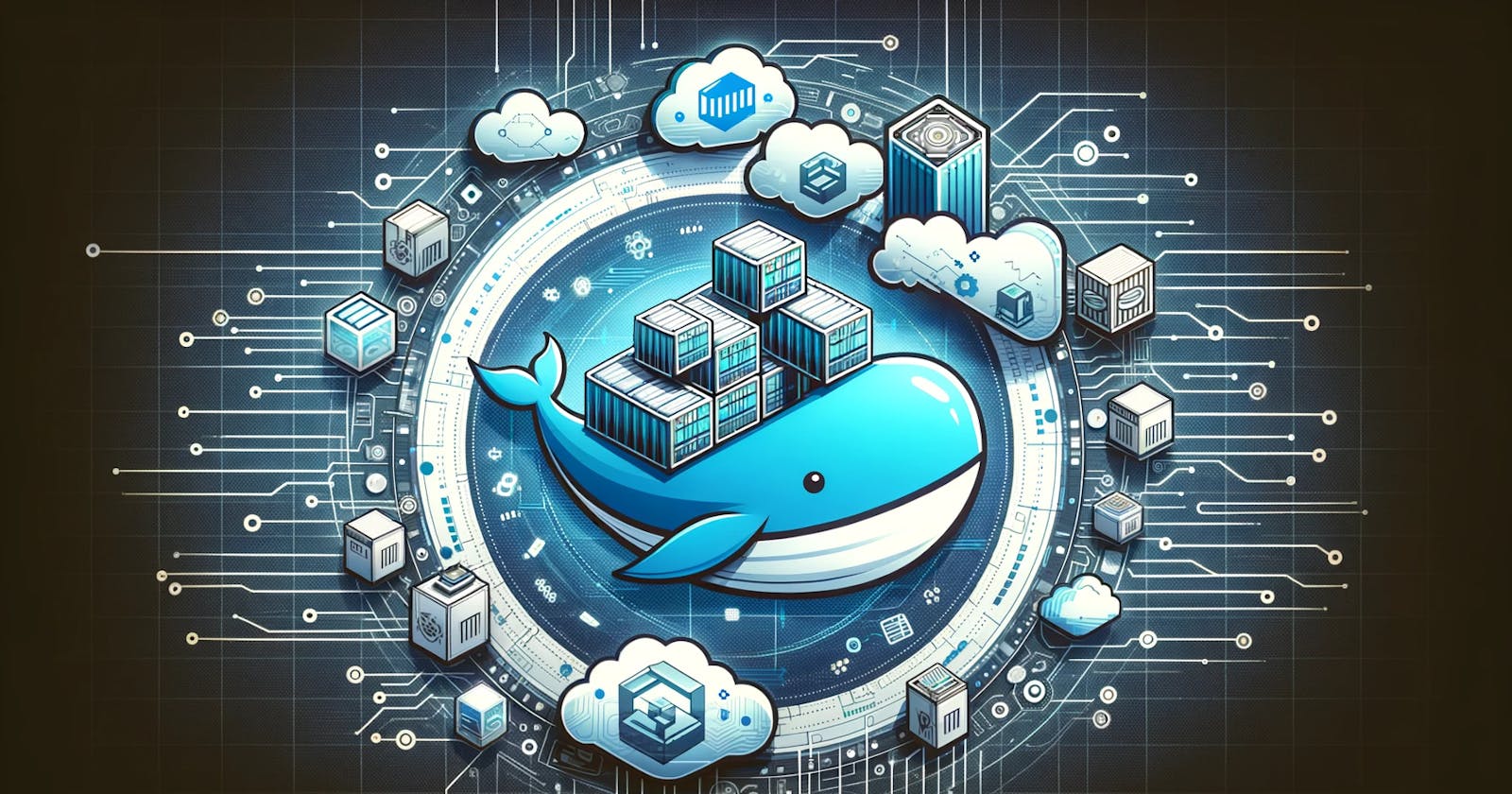If you're tired of the "but it works on my machine!" syndrome, you're going to love this. 🐳
Why Use Docker? 🤔
We spend hours setting up dev environment, only to find out that your teammate can't run your code on their machine? Docker to the rescue! It packages your app with everything it needs to run - code, system tools, libraries – in a neat little container that works everywhere.
What Is Docker, Exactly? 🐳
Picture a shipping container, but for code. That's Docker! It lets you package your application in containers, ensuring it works seamlessly in any environment. Whether it's your laptop or a cloud server, if it can run Docker, it can run your app.
What’s in the Box? 🗃️
The Docker ecosystem is like a well-organized toolbox. Here's a quick rundown:
- Docker CLI: The command-line buddy to talk to Docker.
- Docker Server (Daemon): The engine that does the heavy lifting of managing containers.
- Docker Images: Blueprints of your application with all the dependencies.
- Docker Containers: Live instances of the images, basically your app in a portable, isolated environment.
- Docker Hub: A library of images where you can share or grab pre-made packages.
Docker for Windows/MacOS: A Seamless Experience 💻
Docker ensures that whether you're on Windows or a Mac, you get a consistent development experience. You use the Docker CLI to chat with the Docker server, which takes care of spinning up containers, pulling images, and more.
Installing Docker: Just a Few Clicks Away
- Step 1: Register for a Docker Hub account.
- Step 2: Navigate to Docker Desktop installation page.
- Step 3: Select your OS version and install the application.
- Step 4: Verify installation by running docker --version.
Once installed, log in via the terminal docker login and you're set to pull from and push to Docker Hub.
Docker Hello-World: Your First Container 🎉
Ready for your first Docker run?
Just type docker run hello-world in the terminal. Docker will fetch the hello-world image from Docker Hub and run it.
And voilà! You've just run your first container.
What are Images? 🖼️
Docker images are like blueprints for your containers. They contain everything your application needs to run: code, libraries, dependencies, and configurations. With Docker, you can easily pull existing images from repositories or create your own custom images tailored to your specific requirements.
What are Containers? 📦
A container is not a full-blown virtual machine. It's much more lightweight. It shares the system's kernel but has its own filesystem, networking, and isolated process space. Think of it as a mini-computer packed inside your computer, without the extra weight.
So, let's embrace the Docker magic and make "It works on my machine!" a phrase of the past. Happy containerizing! 🚀🐳
